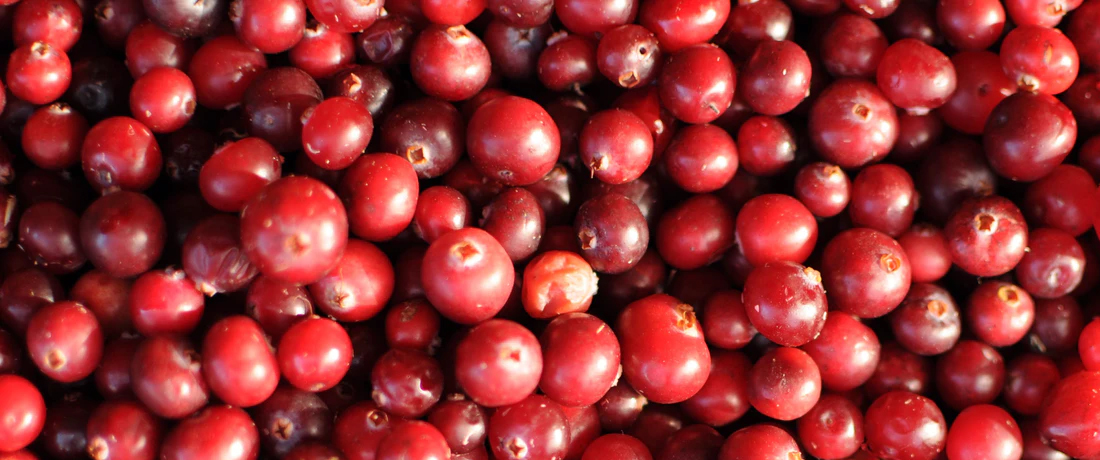
 Important note about plant availability. Important note about plant availability.There are hundreds of factsheets on our website provided for your information. Not all plants will be available at all times throughout the year. To confirm availability please call (03) 8850 3030 and ask for the nursery. |
Vaccinium macrocarpon
Cranberries are famous for two things: cranberry sauce served at Thanksgiving with turkey and for use in treating urinary tract infections. It was highly valued by Native North Americans for medicinal use, and the berries were able to be effectively stored beneath snow during winter as an important food source. Now we also drink the Vitamin C rich berry as a juice and apparently the berry floats in water and bounces when dropped! Is there nothing this clever berry can’t do?
The cranberry plant is a trailing groundcover or low shrub with wiry stems and small leaves. It is a plant that grows naturally in a boggy or marsh habitat so could be good for that poorly drained spot in the garden.
It prefers a slightly acidic soil, so add lots of well-rotted compost before planting and avoid lime. Keep the plant well-watered and add plenty of mulch to maintain moisture and suppress weeds. The plant does not require pruning but can be trimmed to size.
It will produce fruit in semi-shade but does best in full sun.
Following attractive pale pink flowers the small berries are produced in late spring and summer. They are initially white and ripen to a rich red colour. Allow two years for a substantial crop.
